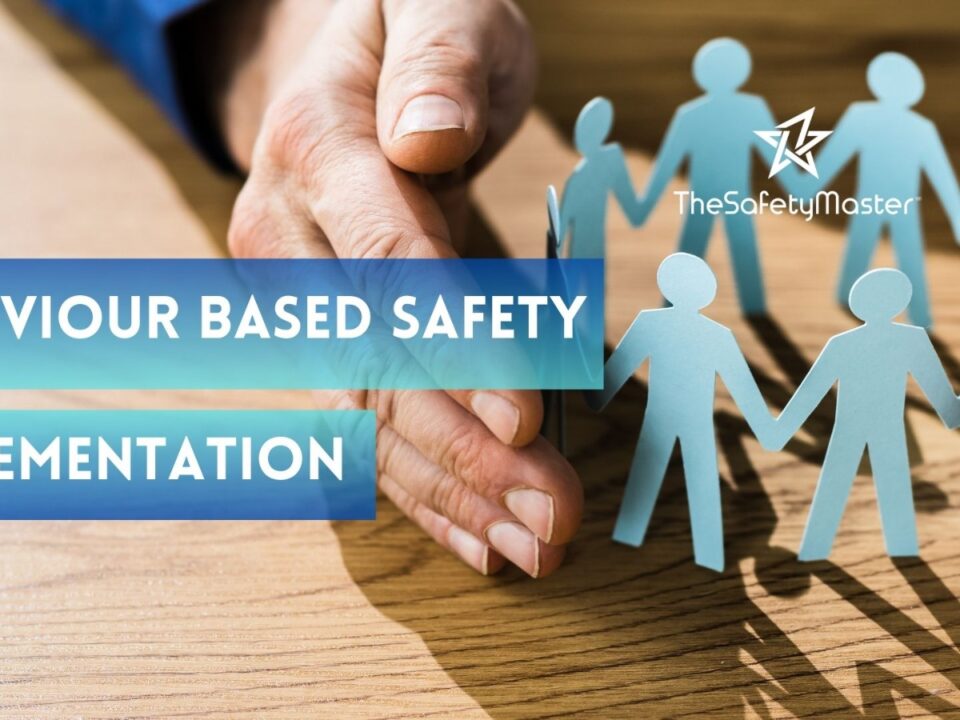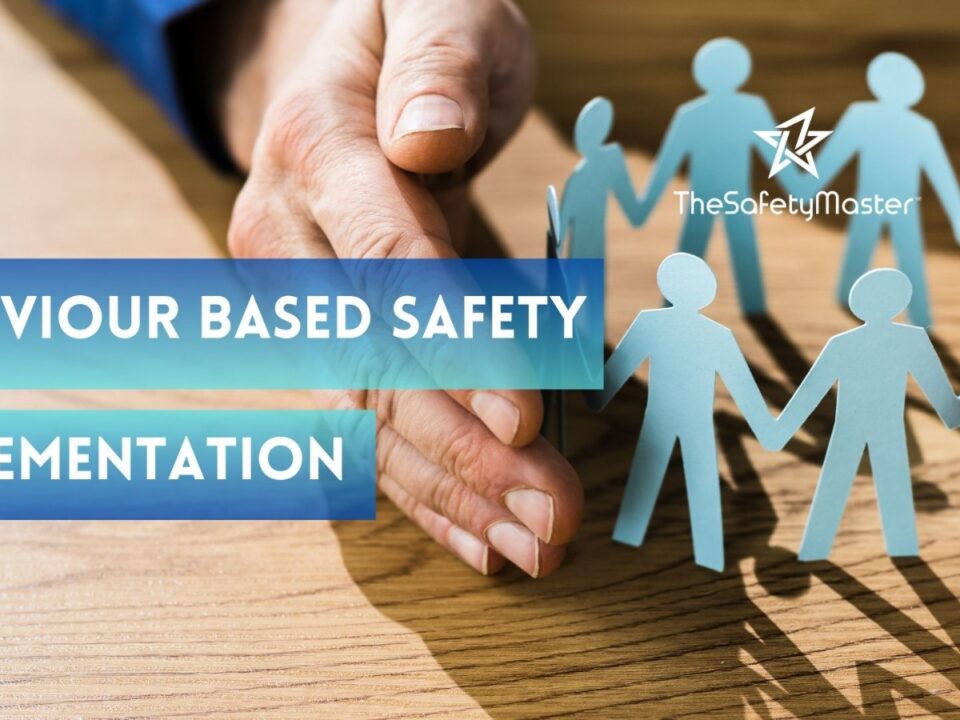Optimizing Pressure Vessel Testing: NDT, Scheduling & Lessons

Adapting Industry Safety Protocols for Modern Resilience
December 27, 2024
Modern EOT Crane Safety: Analytics & Training for New Tech
December 28, 2024Pressure vessels are critical components in various industries, including oil and gas, chemical processing, and power generation. They are designed to hold gases or liquids at high pressures, making their integrity crucial for safety and operational efficiency. The consequences of pressure vessel failures can be catastrophic, leading to loss of life, environmental damage, and significant financial loss. Therefore, rigorous testing and inspection are essential to ensure these vessels remain safe throughout their operational life.
This article explores the importance of pressure vessel testing, focusing on non-destructive testing (NDT) techniques, determining the optimal inspection schedule, and learning from past incidents to enhance testing protocols.
The Importance of Pressure Vessel Testing
Pressure vessels operate under extreme conditions, often containing hazardous materials under high pressure. Over time, these conditions can cause wear and tear, leading to potential failures if not properly monitored. Regular testing and inspection of pressure vessels are crucial for several reasons:
- Safety: Ensuring that pressure vessels are free from defects or weaknesses prevents catastrophic failures that could endanger lives.
- Compliance: Adhering to industry regulations and standards is mandatory. Regular inspections ensure that vessels meet safety standards, avoiding legal and regulatory penalties.
- Operational Efficiency: Identifying and addressing issues early can prevent unscheduled downtime, maintaining production efficiency.
- Cost Savings: Early detection of potential problems reduces the need for costly repairs or replacements and minimizes the risk of accidents.
Given the critical role of pressure vessels, the choice of testing methods and the frequency of inspections are vital components of a comprehensive safety strategy.
Non-Destructive Testing (NDT) Techniques for Pressure Vessels
Non-destructive testing (NDT) is a key methodology for evaluating the integrity of pressure vessels without causing damage. NDT techniques allow for the detection of defects, corrosion, and other anomalies that could compromise the vessel’s safety. Below are some of the most commonly used NDT techniques for pressure vessel testing:
1. Ultrasonic Testing (UT)
Ultrasonic Testing involves sending high-frequency sound waves into the material of the pressure vessel. The sound waves reflect off any flaws or discontinuities, and the reflected signals are then analyzed to determine the size, location, and nature of the defect. UT is widely used because of its accuracy and ability to detect both surface and subsurface flaws.
2. Radiographic Testing (RT)
Radiographic Testing uses X-rays or gamma rays to penetrate the material of the pressure vessel. The radiation passes through the vessel and is captured on film or a digital detector. Defects such as cracks or voids appear as dark areas on the radiograph. RT is particularly effective for detecting internal defects but requires strict safety measures due to the use of ionizing radiation.
3. Magnetic Particle Testing (MPT)
Magnetic Particle Testing is used for detecting surface and slightly subsurface defects in ferromagnetic materials. The process involves magnetizing the vessel and then applying magnetic particles to the surface. If there are defects, the magnetic field will leak out, attracting the particles and creating a visible indication. MPT is a relatively simple and cost-effective technique but is limited to ferromagnetic materials.
4. Dye Penetrant Testing (DPT)
Dye Penetrant Testing is used to detect surface-breaking defects in non-porous materials. The process involves applying a liquid dye to the surface of the vessel. The dye seeps into any cracks or defects, and after a developer is applied, the dye is drawn out, making the defects visible. DPT is easy to perform and is used on a wide range of materials, but it is limited to detecting surface defects only.
5. Eddy Current Testing (ECT)
Eddy Current Testing is an electromagnetic technique used to detect surface and near-surface defects in conductive materials. An alternating current is passed through a coil, creating a magnetic field that induces eddy currents in the material. Changes in the flow of these currents indicate the presence of defects. ECT is highly sensitive and can be used on a variety of materials, but it requires skilled interpretation.
6. Visual Inspection
Visual Inspection is the simplest and most basic form of NDT. It involves a detailed examination of the pressure vessel’s surface for signs of corrosion, cracks, or other visible defects. While it may not be as sophisticated as other NDT methods, visual inspection is a crucial first step in any inspection program and is often used in conjunction with other techniques.
Determining the Optimal Inspection Schedule
While NDT techniques are crucial for detecting defects, the effectiveness of a pressure vessel testing program also depends on the timing and frequency of inspections. Determining the optimal inspection schedule involves considering several factors:
1. Material and Design of the Vessel
The material and design of the pressure vessel significantly influence its inspection schedule. Vessels made from materials that are more prone to corrosion or stress cracking may require more frequent inspections. Additionally, complex designs with more welded joints or higher stress concentrations might need closer monitoring.
2. Operating Conditions
The operating conditions of the pressure vessel, such as temperature, pressure, and the nature of the contained fluid, play a critical role in determining the inspection frequency. Vessels operating under extreme conditions or containing corrosive or hazardous materials typically require more frequent inspections to ensure their integrity.
3. Historical Data and Previous Inspections
Analyzing historical data from previous inspections can provide valuable insights into the rate of degradation and the types of defects that are likely to occur. This information can be used to adjust the inspection schedule, increasing the frequency of inspections in areas where defects are more likely to develop.
4. Regulatory Requirements
Industry regulations and standards often dictate minimum inspection intervals. While these regulations provide a baseline, it’s important to consider the specific conditions of the pressure vessel and adjust the inspection schedule accordingly. Compliance with these regulations is mandatory, but going beyond the minimum requirements can enhance safety and reliability.
5. Risk-Based Inspection (RBI)
Risk-Based Inspection (RBI) is an advanced approach that prioritizes inspections based on the risk of failure. This method considers both the likelihood of defects occurring and the potential consequences of a failure. RBI allows for more efficient use of resources by focusing inspections on the areas of greatest risk, potentially extending the intervals between inspections for low-risk components.
Learning from Incidents to Enhance Testing Protocols
Despite the best efforts in testing and inspection, incidents involving pressure vessels do occur. Analyzing these incidents provides valuable lessons that can be used to enhance testing protocols and improve overall safety.
1. Incident Analysis
After an incident, a thorough investigation is conducted to determine the root cause of the failure. This analysis often reveals gaps in the existing testing protocols, such as missed inspections, inadequate testing techniques, or failure to act on identified defects. Learning from these mistakes is crucial for preventing future incidents.
2. Updating Testing Protocols
Based on the findings from incident analysis, testing protocols should be updated to address identified weaknesses. This might involve incorporating additional NDT techniques, increasing the frequency of inspections, or improving the training of inspection personnel. Continuous improvement of testing protocols is essential for maintaining the safety and integrity of pressure vessels.
3. Training and Awareness
Incidents also highlight the importance of training and awareness among personnel involved in pressure vessel testing. Ensuring that inspectors are well-trained in the latest NDT techniques and understand the specific risks associated with the vessels they are inspecting is crucial for preventing failures.
4. Feedback Loop
Creating a feedback loop where information from incidents is shared across the industry can help prevent similar failures in other facilities. Industry-wide collaboration on best practices and lessons learned contributes to a safer overall environment.
Conclusion
Optimizing pressure vessel testing involves a combination of selecting the right NDT techniques, determining the optimal inspection schedule, and learning from past incidents. By implementing a robust testing program that includes regular inspections and continuous improvement of protocols, industries can ensure the safety, reliability, and longevity of their pressure vessels. Investing in the latest testing technologies and adhering to best practices not only protects lives and assets but also enhances overall operational efficiency.




